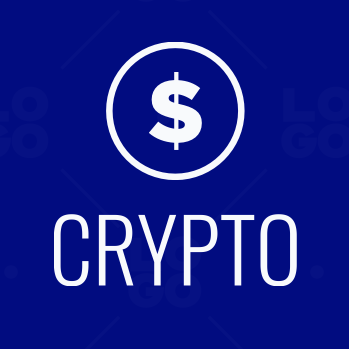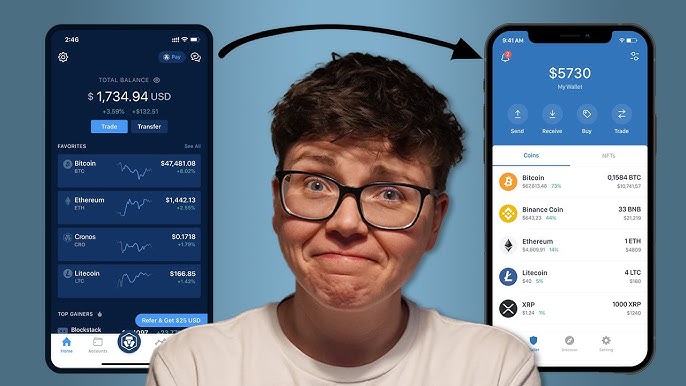Cardano (ADA) is a third-generation blockchain platform that stands out for its scientific, research-driven development model. Founded in 2017 by Charles Hoskinson, one of Ethereum’s co-founders, Cardano aims to solve the limitations of earlier blockchains like Bitcoin and Ethereum by emphasizing scalability, interoperability, and sustainability.
A Research-Based Approach to Blockchain
Unlike many fast-moving crypto projects, Cardano was built from the ground up using peer-reviewed academic research. Developed by Input Output Hong Kong (IOHK), Cardano’s design focuses on mathematical certainty, formal verification, and long-term reliability.
Cardano is unique for its two-layered architecture:
- Cardano Settlement Layer (CSL) handles ADA transactions.
- Cardano Computation Layer (CCL) powers smart contracts and decentralized apps (dApps).
This separation enhances network efficiency and allows for independent upgrades without compromising security or performance.
Also read: What Is Bitcoin SV (BSV)? A Deep Dive Into the Enterprise-First Blockchain
ADA Token: Utility, Staking, and Governance
ADA is the native cryptocurrency of the Cardano ecosystem. It’s not just a digital currency — it serves multiple roles:
- Transaction Currency: Used for peer-to-peer payments and service fees.
- Staking Asset: Powers the network’s Ouroboros proof-of-stake consensus mechanism.
- Governance Token: Grants holders the ability to vote on protocol upgrades and funding proposals.
Through ADA staking, users can earn passive rewards by delegating their tokens to validator pools. Importantly, staking has no lock-up period, making it accessible to all holders.
With Cardano’s ongoing Voltaire phase, ADA holders will soon gain full control over the network’s governance through on-chain voting and treasury funding systems.
Smart Contracts and Real-World Use Cases
Cardano enables smart contract development through two key languages:
- Plutus: A Haskell-based language for secure, high-assurance applications.
- Marlowe: A simpler DSL designed for building financial contracts with minimal coding.
These tools support a growing ecosystem of dApps, including NFT platforms, decentralized finance (DeFi) protocols, and digital identity solutions.
Cardano’s focus on formal methods ensures that its smart contracts are not only efficient but also provably secure — a key requirement for enterprise and institutional adoption.
How Cardano Compares to Ethereum and Solana
| Feature | Cardano | Ethereum | Solana |
|---|---|---|---|
| Consensus Mechanism | Proof-of-Stake (Ouroboros) | Proof-of-Stake (Casper) | Proof-of-History + PoS |
| Architecture | Layered | Monolithic | Monolithic |
| Energy Efficiency | High | Medium | High |
| TPS (Transactions/s) | ~250 | ~30 (scalable with ETH 2.0) | 65,000+ |
Cardano prioritizes decentralization, energy efficiency, and rigorous security over raw speed, positioning itself as a long-term infrastructure layer for digital economies.
Cardano’s Vision for a Sustainable Future
Cardano is more than just another blockchain — it’s a long-term vision for a decentralized, self-governed financial system built on scientific principles. With a focus on sustainability, security, and community empowerment, Cardano is shaping the next era of blockchain infrastructure.




